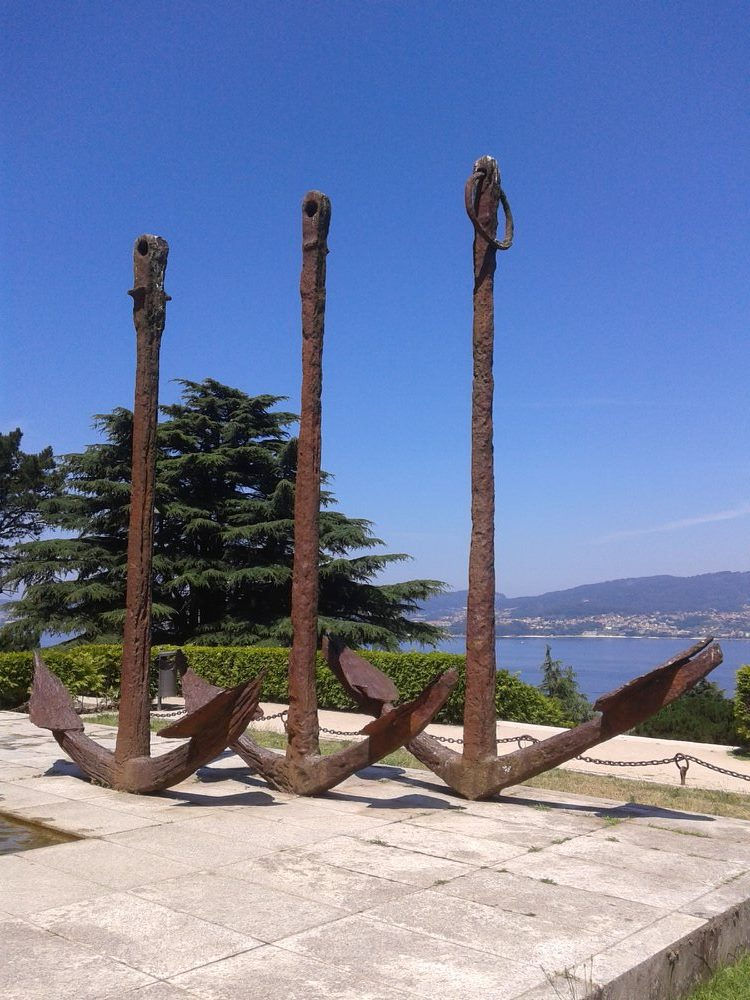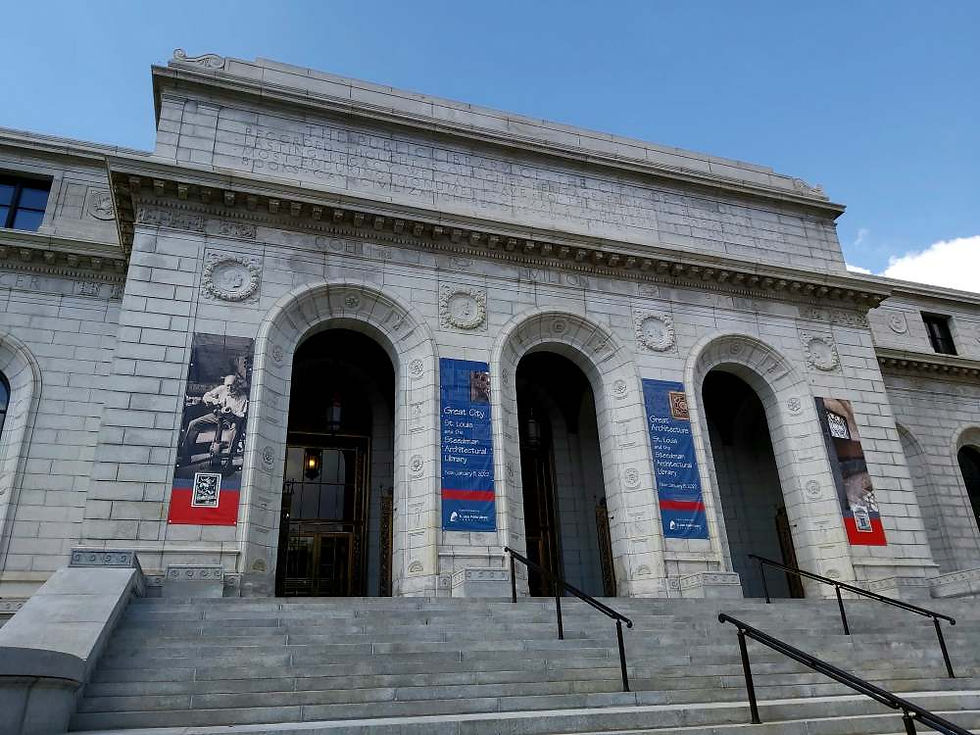Spain: Vigo
- Matthew P G

- Sep 14
- 3 min read




Aperitivo. July 2017
The first city I reached in Galicia after departing Porto, Portugal (by train) was Vigo. I had never heard of it likely because it is more commercial/industrial than touristic. Like every other place in Spain, however, it did have an interesting history:
...not considered a real town until around the 15th century, when the earliest records began. In the 16th and 17th centuries, the city was attacked several times. Francis Drake attacked the city twice – in 1585 he made a successful descent on the city gathering supplies and in 1589, during an unsuccessful attack by the English Armada, Drake raided the city and temporarily occupied it, burning many buildings. Several decades later a Turkish fleet tried to attack the city. As a result, the city's walls were built in 1656 in the reign of Philip IV of Spain. They are still partially preserved. At this time, and in spite of the attacks, Vigo developed its earliest commerce and was given several privileges by the kings of Spain. In 1702, the Battle of Vigo Bay occurred, and in 1719, because a Spanish fleet which departed from Vigo attempted to invade Scotland in support of the Jacobites, the city was occupied for ten days by a British force. In 1808, the French Army annexed Spain to the Napoleonic Empire, although Vigo remained unconquered until January, 1809. Vigo was also the first city of Europe to be freed from French rule, in what is annually celebrated on March 28 as the Reconquista (reconquest from the French in the context of the Peninsular War).
(Wikipedia)
Surprisingly left out of the above discussion of Vigo is that Columbus' flagship, the Santa Marie was built and launched from Vigo Bay.
My hotel was in the "modern" city just below the old town which climbs the hills above the port. Vigo remains in memory for its austere use of gray stone without much decoration. The buildings are indeed "old", but they are not particularly beautiful. The original Vigués must have been extremely hard-working, no nonsense types judging from their architecture. However, the Castelo de San Sebastián above town and the park surrounding it provide excellent views over Vigo Bay. It was a long, hard slog to the top, but the view was worth it.
From Vigo I visited beautiful little Pontevedra [see: Pontevedra] and the Cies Islands [see: Cies Islands]. At the former, I discovered a little provincial town (like Vigo's beautiful, younger cousin) and, at the latter, some islands that seemed to be transplanted from the Caribbean. The stop in Vigo was definitely worth it.
My best memory from Vigo was, however, ice cream:
Everyone knows Italian gelato is fantastic. One of the best things about visiting Italy in the summer is multiple ice cream stops. However, Italy has a "canon" of flavors from which it does not depart. They are all fabulous, but there is rarely (if ever) anything different. No complaints, just an observation.
The Spanish make "helado" which is just as good as the Italian version with one difference - a wider variety of flavors. Although I liked Italian gelato, I LOVED Spanish helado if only for the discovery of new and different flavors.
I passed an ice cream shop in Vigo near the hotel with a list of flavors posted outside. One of them was "Gin and Tonic". Intrigued, I entered.
"Do you have Gin and Tonic ice cream?"
"Yes"
"Really?"
"Yes"
"What is it made from?"
(eye roll and laughter)
"Gin and Tonic. Here, taste it".
"Oh my god...."
Only the Spanish could sell Gin and Tonic ice cream made with actual gin and tonic.
For me Vigo was my first stop in Galicia and a great introduction to the region. I loved the time I spent there. The city was also my first G&T ice cream - no wonder I loved the place.



Comments